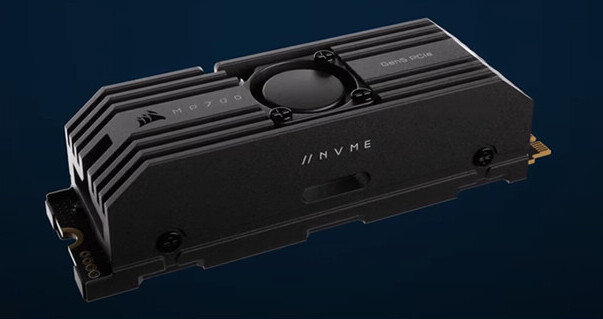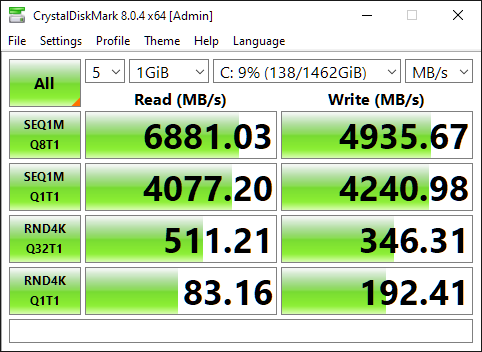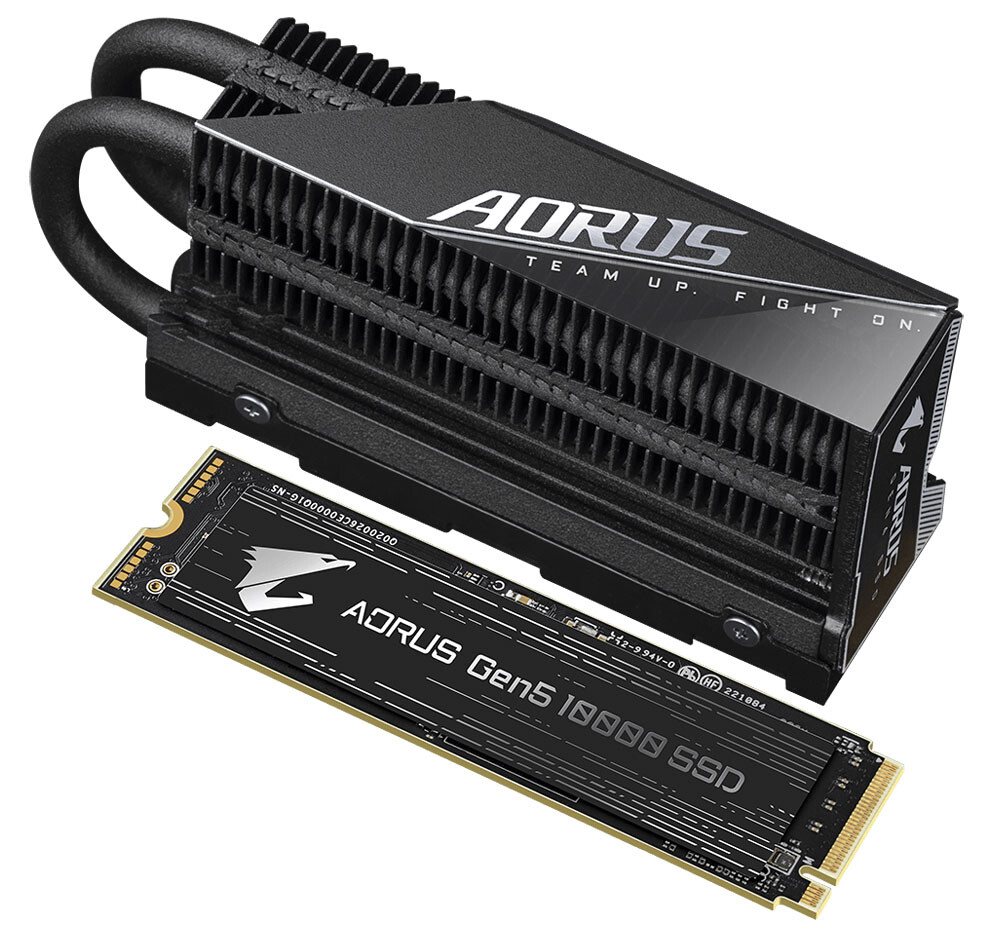erek
[H]F Junkie
- Joined
- Dec 19, 2005
- Messages
- 10,894
I guess that fan noise is sub-optimal
"Before we go into the performance figures, there's one thing that needs to be highlighted about this drive, it produces a high pitch noise during use, thanks to its tiny 17x17 mm, 21,000 rpm fan from Sunon. @momomo_us provided a video on Twitter which is linked below, so you can hear it in action for yourself. Hopefully this isn't the future of NVMe SSDs, as it's going to put off many potential customers from getting one. @momomo_us only tested the drive with CrystalDiskMark 8.0.4, which shows that sequential write speeds are slightly faster than claimed by CFD Gaming, with the sequential write speeds being bang on the money. For those hoping for higher random performance, things aren't looking so great, as the drive only performs slightly better than the best PCIe 4.0 NVMe drives."

https://www.techpowerup.com/304463/first-consumer-pcie-5-0-nvme-ssd-gets-tested-makes-a-lot-of-noise
"Before we go into the performance figures, there's one thing that needs to be highlighted about this drive, it produces a high pitch noise during use, thanks to its tiny 17x17 mm, 21,000 rpm fan from Sunon. @momomo_us provided a video on Twitter which is linked below, so you can hear it in action for yourself. Hopefully this isn't the future of NVMe SSDs, as it's going to put off many potential customers from getting one. @momomo_us only tested the drive with CrystalDiskMark 8.0.4, which shows that sequential write speeds are slightly faster than claimed by CFD Gaming, with the sequential write speeds being bang on the money. For those hoping for higher random performance, things aren't looking so great, as the drive only performs slightly better than the best PCIe 4.0 NVMe drives."

https://www.techpowerup.com/304463/first-consumer-pcie-5-0-nvme-ssd-gets-tested-makes-a-lot-of-noise
![[H]ard|Forum](/styles/hardforum/xenforo/logo_dark.png)




